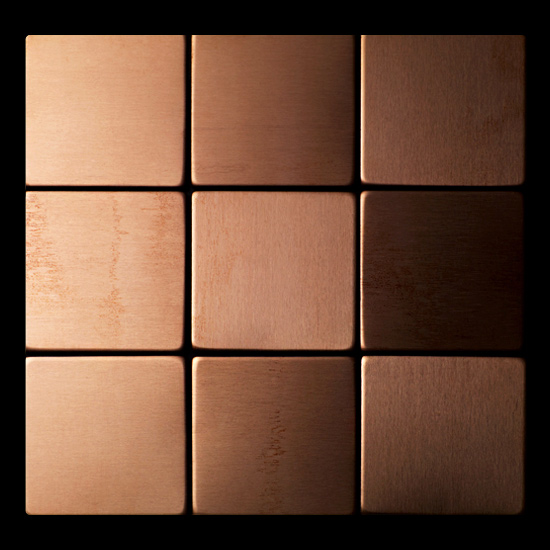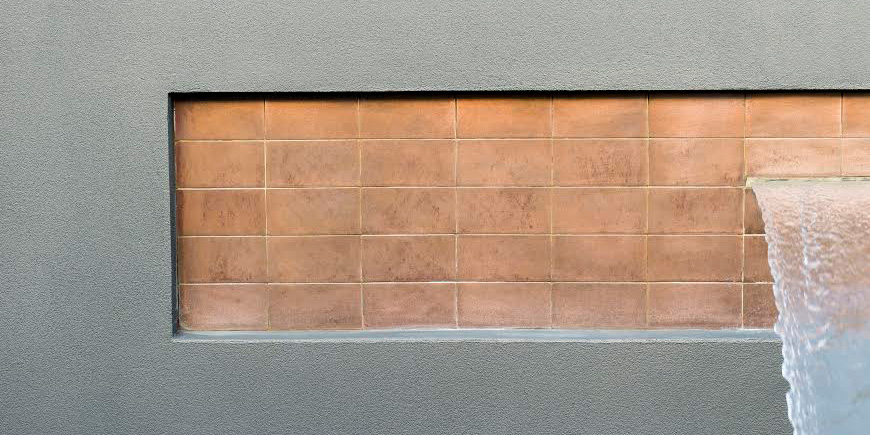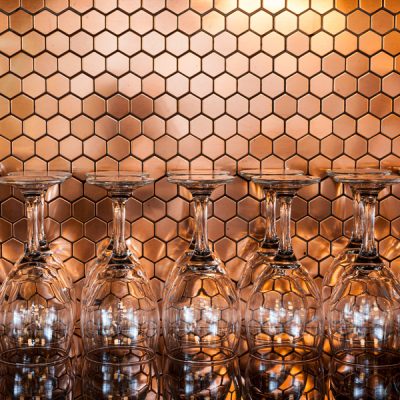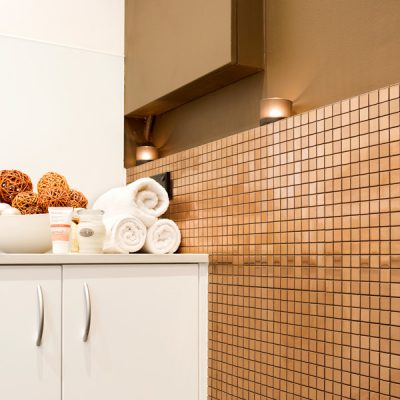Copper Mosaic
Copper is a metal that has been worked by humans for millenia. It was the first metal to be smelted from its ore, the first metal to be cast into a shape in a mould and the first metal to be purposefully alloyed with another metal, tin, to create bronze. In the Roman era, copper was principally mined on Cyprus, which gives the metal its name today, from aes сyprium (metal of Cyprus), later сuprum, from which the English word copper is derived.
Copper Tiles
Copper as a decorative material has been popular with designers and homeowners for a number of years now, and has become essential to modern living. It’s a great way to add instant warmth, industrial sophistication, and rustic glam to your interior. The latest idea is to mix the rose-tinted copper with other materials to create a more diversified and unique look.
Copper is one of only a few metallic elements with a natural colour other than grey or silver. It’s also one of the few metals that occur in nature in a directly usable metallic form. A freshly exposed surface of pure copper has a reddish-orange colour, but this changes when exposed to the air.
The metal’s distinctive, natural patina has long been coveted by architects and designers, and a green layer of verdigris (copper carbonate) can often be seen on old copper structures, such as the roofing of many older buildings. This final patina is a particularly durable layer that is highly resistant to corrosion, thereby protecting the underlying metal from further weathering.
Exposure to salt, moisture and sunlight in the form of natural weathering also lead to a gradual change in the surface colour of the copper mosaic tiles produced by the Australian company ALLOY. The final patina therefore depends on the environment in which the tiles have been installed. In general, copper changes in hue from a natural salmon through a progression of iridescent pinks, oranges and reds interspersed with brassy yellows, blues, greens and purples, russet browns, greys and finally to a blue-green or grey-green.
Copper mosaic tiles work just as well on the exterior as they do on the interior and are perfect for water features. If you prefer the original copper colour for the lifetime of the tile, we suggest using the ALLOY Titanium Amber tile, which isn’t susceptible to oxidisation. Whichever type you choose, ‘real’ copper or its titanium lookalike, you’ll have an exquisite decorative material, giving a contemporary twist to a very traditional look.

Copper milled mosaic tiles
The copper mosaic tile produced by ALLOY has a ‘mill finish’, which is a natural, slightly rough, ‘as fabricated’ look. Tooling marks, for example, may still be faintly visible. This can be extremely attractive, but won’t resemble a Mirror Finish.
The Advantages of Copper
Copper is a traditional decorative material that has been used in interior design for thousands of years. Copper is also an eco-friendly and recyclable material.
Thanks to its antimicrobial nature (meaning it will rapidly kill bacteria, viruses and fungi that settle on its surface), Copper is the perfect choice for kitchen backsplashes.
Warmer and more inviting than Stainless Steel, Copper is perfect to bring a warm touch to your interior. It acquires a natural patina over time and improves with each passing year.





